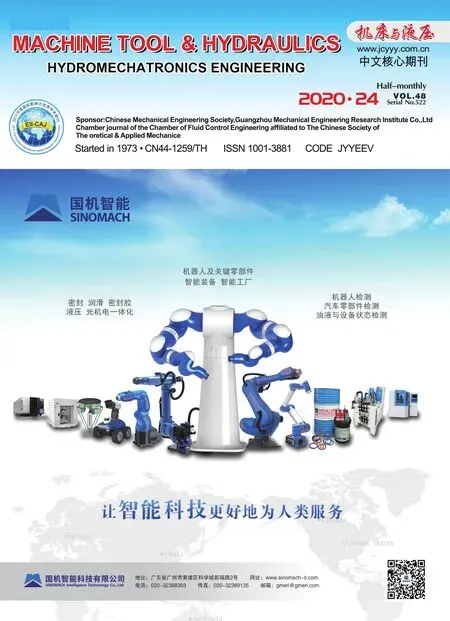Fault diagnosis of rolling bearing based on FFTand fully connected layer feature extraction
Meng WANG,Yan ZENG*,Jin-tong LIU,Xiao-jie LIU,Fei PENG
(1 Tangshan Polytechnic College,Tangshan 063299,China)
(2Zhejiang University,Hangzhou 310058,China)
(3 North China University of Science and Technology,Tangshan 063210,China)
Abstract:The conventional intelligent bearing fault diagnosis method relies on the experience of feature extraction and the parameter selection of the classifier.The training time of convolutional neural network is long and the accuracy cannot meet the requirements of high-precision mechanical equipment.To improve the accuracy and reduce the training time,an effective bearing fault diagnosis method is proposed in this paper.Firstly the signal is transformed by FFT.Secondly fully connected layer is used for feature extraction.SVM classification is adopted in the last step for condition classification.The experiments verify that the proposed model in this paper is effective for the fault diagnosis of rolling bearing under different working conditions.The model has an appropriate degree of robustness.99%classification accuracy could still be reached after noise is added to all the test set.The results show that the proposed method can not only improve the classification accuracy to meet the diagnosis requirements of high-precision mechanical equipment,but also greatly reduce the training time compared with the conventional methods.
Key words:Fault diagnosis,Rolling bearing,PHM,Fully connected layer,SVM
1 Introduction
Bearings fault diagnosis is of vital importance for prognostic and health management(PHM)of rotating machine.There are two typical steps in the bearing fault diagnosis:feature extraction and selection,condition classification.The feature extraction can be summarized in three types—time domain,frequency domain,and time-frequency domain analysis[1].Time domain analysis utilizes the original signals.The extracted features include peak-to-peak value,root mean square value,kurtosis indicator,peak indicators,etc.Frequency domain analysis usually conduct FFT on the original signal,then analysis on the frequency domain signal which includes power spectrum,envelope spectrum and other spectral analysis methods[2].Time-frequency domain analysis mainly uses wavelet transform,which is suitable for non-stationary signals diagnosis[3].At the same time,there are other transform domain analysis,such as adaptive decomposition for bearing fault diagnosis[4].For fea-ture selection,PCA,Kullback Leibler(K-L)divergence,distance evaluation technique,and compressed sensing[5]have been proposed to reduce the redundancy of features.In addition,some algorithms such as support vector machine(SVM)[6],artificial neural network(ANN)[7],K-Nearest Neighbor(KNN)[8],random forest[9],etc.have been proposed for the fault classification.However the key issue of the above methods is the feature extraction heavily dependents on diagnostic expertise of the researchers who possess prior knowledge about signal processing techniques.
Recently,many methods based on deep learning were proposed.Especially,CNN has been widely used for rolling bearing diagnosis,and its feature extraction ability is proved to be excellent[10-11].Attention mechanism is applied to assist the CNN to locate the informative data segments,extract the discriminative features of inputs,and visualize the learned diagnosis knowledge[12].The multi-layers is also utilized as the main architecture of the diagnosis[13].However,these methods have high requirements for the construction of deep learning models.Moreover,the training time of CNN is long.The CNN methods which run like a black box lack of explainability,and the classification accuracy cannot reach 100%.
To further improve diagnostic accuracy for rolling bearing fault,a method of fault feature extraction based on FFT and fully connected layer is proposed.The proposed method takes advantage of frequency domain signal of bearing,which is very suitable for bearing fault classification with excellent explainability.Then,the dimension of the extracted high-dimensional frequency domain signal is reduced by the automatic back propagation method of the fully connected layer.The fault features in frequency domain that are suitable for SVM are extracted.The advantages of the former two basic methods are integrated,and excellent experimental results are obtained.
2 The Proposed Method
2.1 Features extraction and selection
FFT(the Fast Fourier Transform)is frequently adopted as one of Fourier analysis.FFT is a fast algorithm for discrete Fourier transform(DFT)that is constructed by J W Cooley and J W Tukey in 1965.Compared with wavelet transform,the feature extraction speed of FFT is faster and the frequency domain feature is more suitable for the fault diagnosis of rotating machine[3].The calculation process of DFT is as follows:

The amplitude spectrum and energy spectrum of the Fourier transform are:

Where R(u,v)and I(u,v)represent the real and imaginary part of the Fourier transform,respectively.FFT has been verified that it is effective for rolling bearing fault diagnosis[2].Therefore,FFT is applied for feature extraction in this paper.The sampling frequency Fs=12 000 Hz,and there are 2 048 sampling points in each sample.Fig.1 shows the time domain and frequency domain graphs of the experimental data.
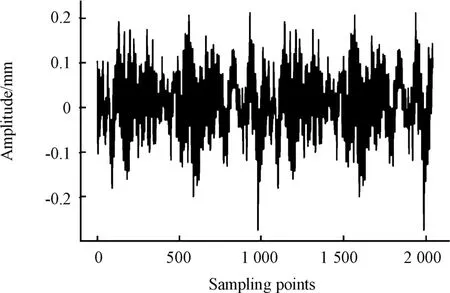
Fig.1(a) Original time domain vibration signal
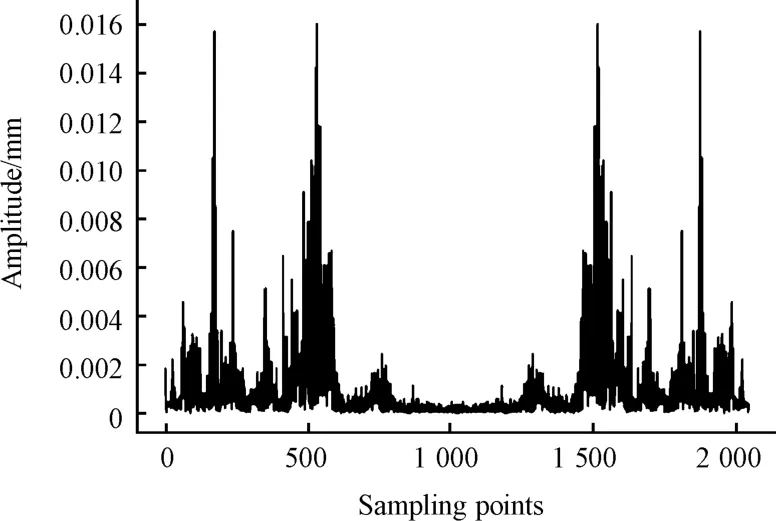
Fig.1(b) Frequency domain signal after FFT
Fig.1 shows that it is difficult to recognize the condition according to the time domain waveform of the experimental data.The frequency domain signal is highlighted as FFT is applied.Because the experi-mental data is symmetrical,half of the data in a sample will be selected as the outcome of FFT.Next the neural network will be used to extract the features for classification.
FFT is used to map the original data to the hidden layer feature space.The fully connected layer is used to map the“distributed feature representation”to the marking space.The original signal can get 1 024 dimensional frequency domain signal after FFT.These frequency domain signals have different effects on bearing fault feature extraction.One fully connected layer can extract the effective features of frequency domain signals next.
The key operation of fully connected layer is matrix vector product y=w×x.It is essentially a linear transformation from one feature space to another.A fully connected layer is designed following FFT.Different from convolution network to extract local features,the fully connected layer can extract global features by weight matrix.Therefore a fully connected layer with the shape of(1024,10)is used to connect each node to all nodes of the previous layer.The fully connected layer could integrate the global features obtained by FFT.The previous FFT plays the role of feature engineering,and the following fully connected layer plays the role of feature weighting.The two parts compose the feature extraction.Every neuron in the fully connected layer can be regarded as a polynomial.Then the weight coefficient is optimized by the backpropagation.The appropriate weight coefficient could be quickly obtained in the training process.The process of the feature extraction by the fully connected layer is shown in Fig.2.
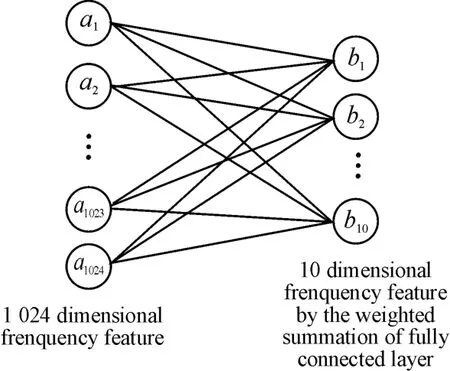
Fig.2 The feature extraction by the fully connected layer
The model has high training speed,because the model is not as complex as CNN and it belongs to shallow network.The model is simple and explainable.The fully connected layer is equivalent to the weighted sum of 1024 dimensional frequency domain signals after FFT.
2.2 SVM
SVM is applied as the classification in this paper.SVM aims to find an optimal classification hyperplane that can distinguish different kinds of samples.It needs to map the input samples to the high-dimensional feature space to complete classification in the highdimensional space.Asφ(x)represents the nonlinear transformation,the goal of optimization is as followed:

Where C is the penalty coefficient,b is the offset coefficient,ξiis the relaxation variable.Lagrange multiplier aiconstructs the objective function.The partial derivative of the objective function will be calculated to get the decision function.
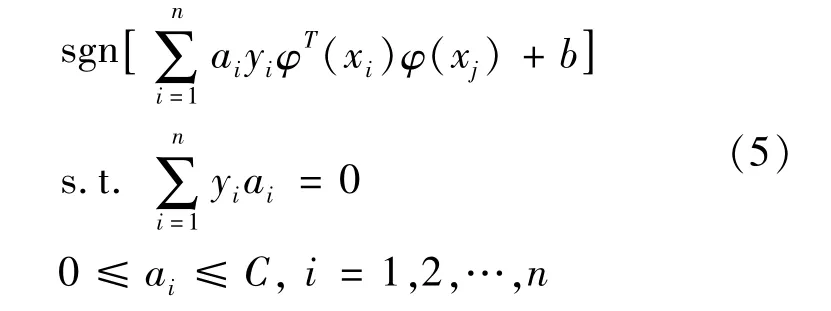
When K(x,x′)=φT(x)φ(x′),the above formula can be transformed into

Obviously,the kernel function plays an important role in obtaining the generalization ability and classification accuracy.In this paper,RBF kernel function is chosen.

Whereσis the width parameter.In addition,N(N-1)/2 sub-classifiers are constructed for bearing signals diagnosis with N types.
2.3 The whole diagnosis process
The whole diagnosis process is shown as Fig.3.Neither the priori information contained in the data nor pretraining is required.The proposed method can achieve intelligent diagnosis of rolling bearing by FFT-Fully connected layer based fault characteristics mining.
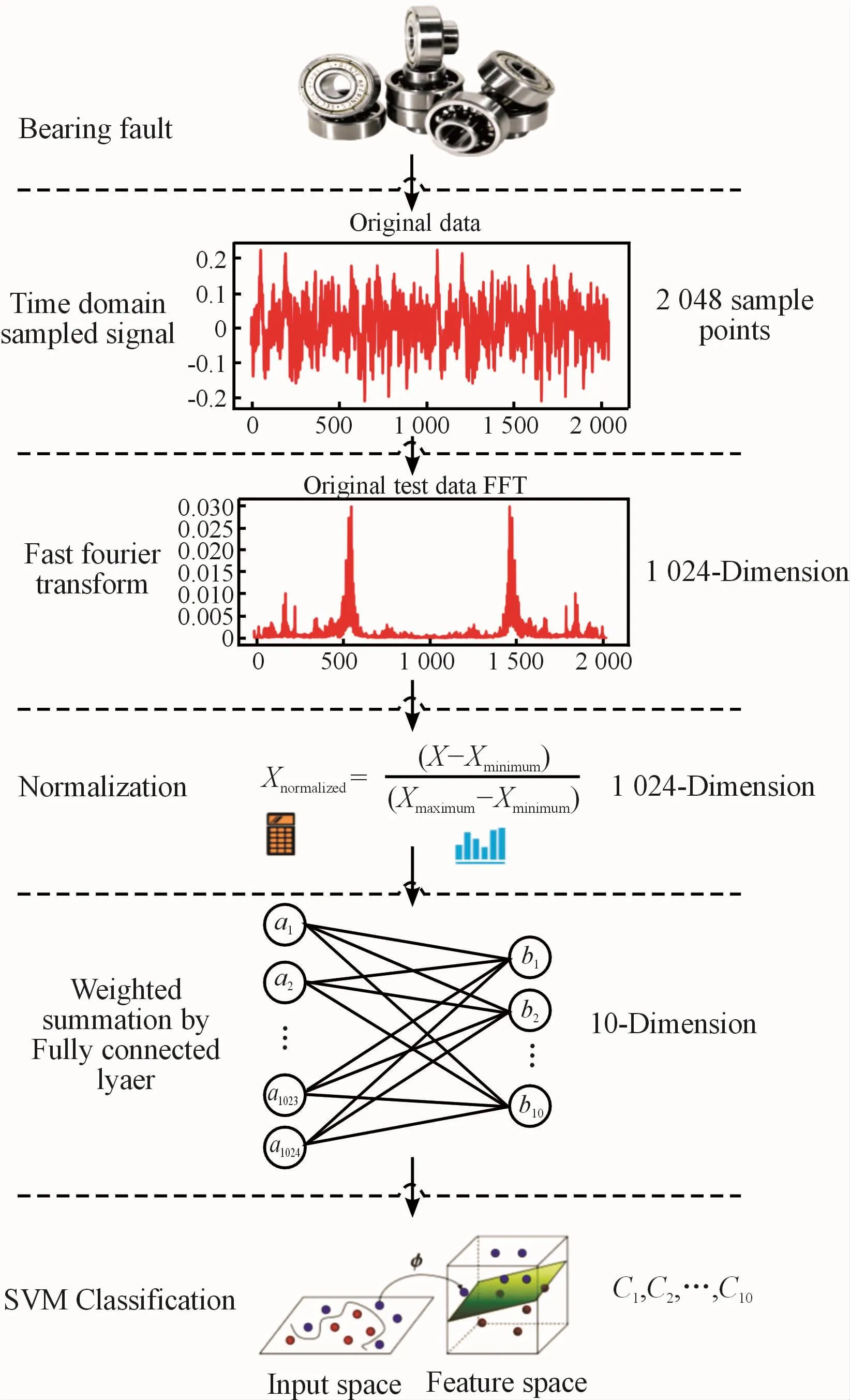
Fig.3 Diagnosis flow chart
3 Experiment
Experimental data comes from the open data set of CWRU(Case Western Reserve University).The bearings at the drive end and the fan end of the motor were taken as the diagnosis objects.The vibration signals are collected from different working conditions including:(1)normal condition,(2)with outer race fault,(3)with inner race fault,(4)with rolling element fault.The fault diameter is 0.007 inch,0.014 inch and 0.021 inch,respectively.The signal is collected by the acceleration sensor on the upper side of the motor drive end,and the sampling frequency is 12 kHz.Fig.4 is the experimental setup picture.
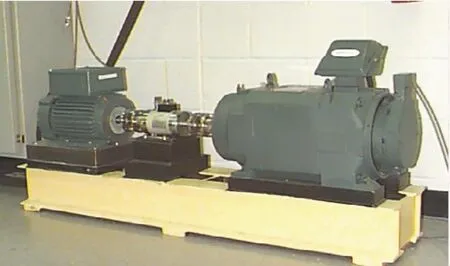
Fig.4 The rolling bearing experimental setup
The vibration datas are under different load conditions.2 048 data points are taken as a sample(1 024 from the drive end and 1 024 from the fan end).800 samples are collected for each class.There are 10 types of bearing conditions in the dataset.The quantity of samples of the whole dataset is 8 000.The experiment data sets are shown in Table 1.
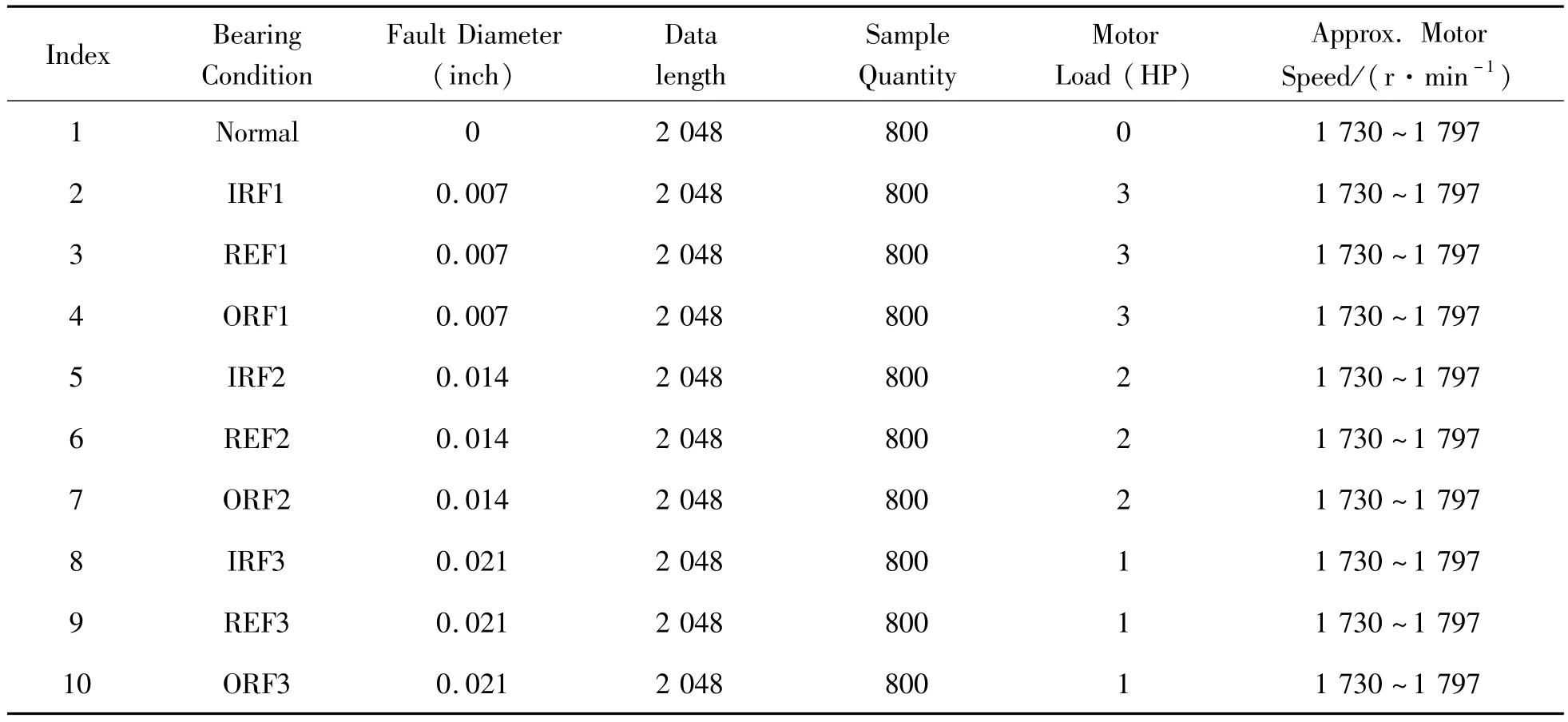
Table 1 The experimental data set
3.1 Generalization ability of the proposed method
The network structure was built up based on Python-Pytorch.Experiments were conducted on the hardware of inter-i7-cpu without GPU.The data set was randomly divided into training set and test set by the ratio 6∶4.Cross entropy loss function was used in the model.The hyper parameter were set as follows:epoch=10,batchsize=64,learning rate=0.001,SVM penalty factor C=10.33,kernel function Gama=3.26.The loss function values and classification accuracy of the experiment are shown in Fig.5.The results of generalization experiment are shown in Table 2.All the evaluation index such as precision,recall,accuracy and f1_score is 1.000.When the training was proceeded less than 10 epochs,the model has completely converged.And the classification accuracy of training set and test set has reached 100%.Results show that the fault features extracted by FFT and fully connected layer can help SVM classifier accurately and quickly determine the working condition of bearing because the model converges so fast.The code is available at https://github.com/DaErwen1/Prognostic/tree/master/Bearing%20detection/CWRU/For%20papers.
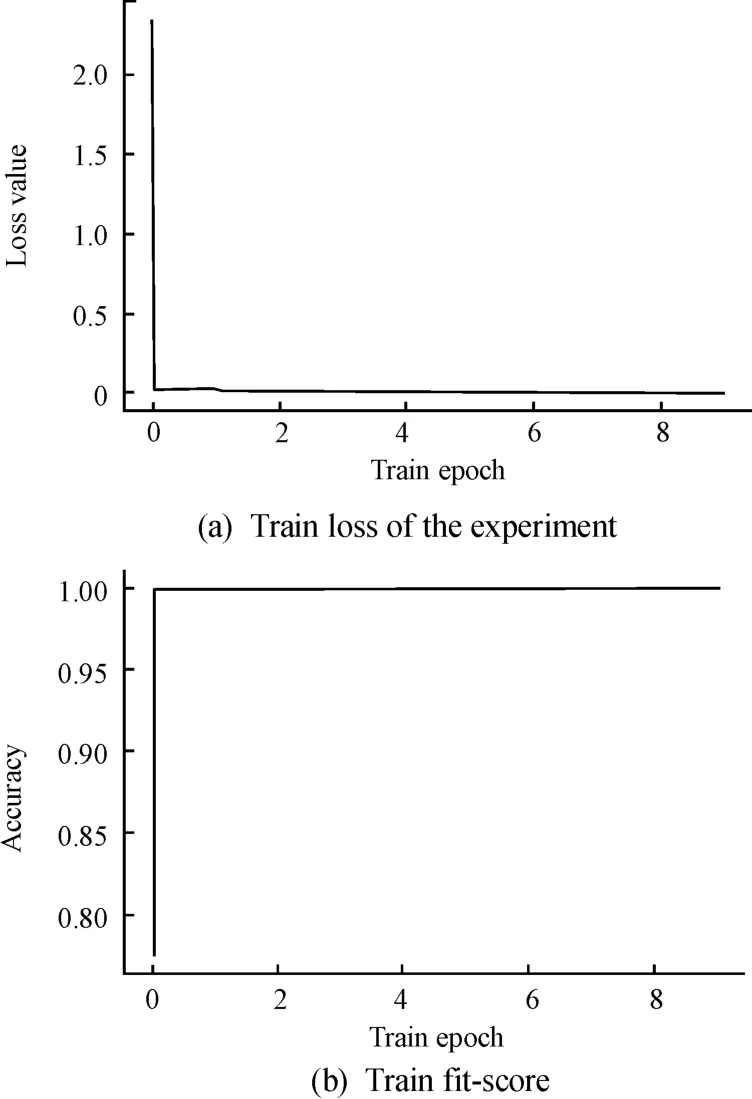
Fig.5 The result of the generalization experiment

Table 2 The result of generalization experiment
The frequency features that were extracted by FFT and fully connected layers in the experiment are shown in Fig.6~Fig.7.The plots of the first two principal components and three principal components are shown in 2D and 3D space,respectively.The scatter points in different colors represent the different working conditions.The figures show that after the feature extraction,the distance among different working conditions is far enough for the classification.
As a summary,The proposed method possess the ability to extract the essential features through automatic feature learning.Finally the proposed method achieves excellent performance.
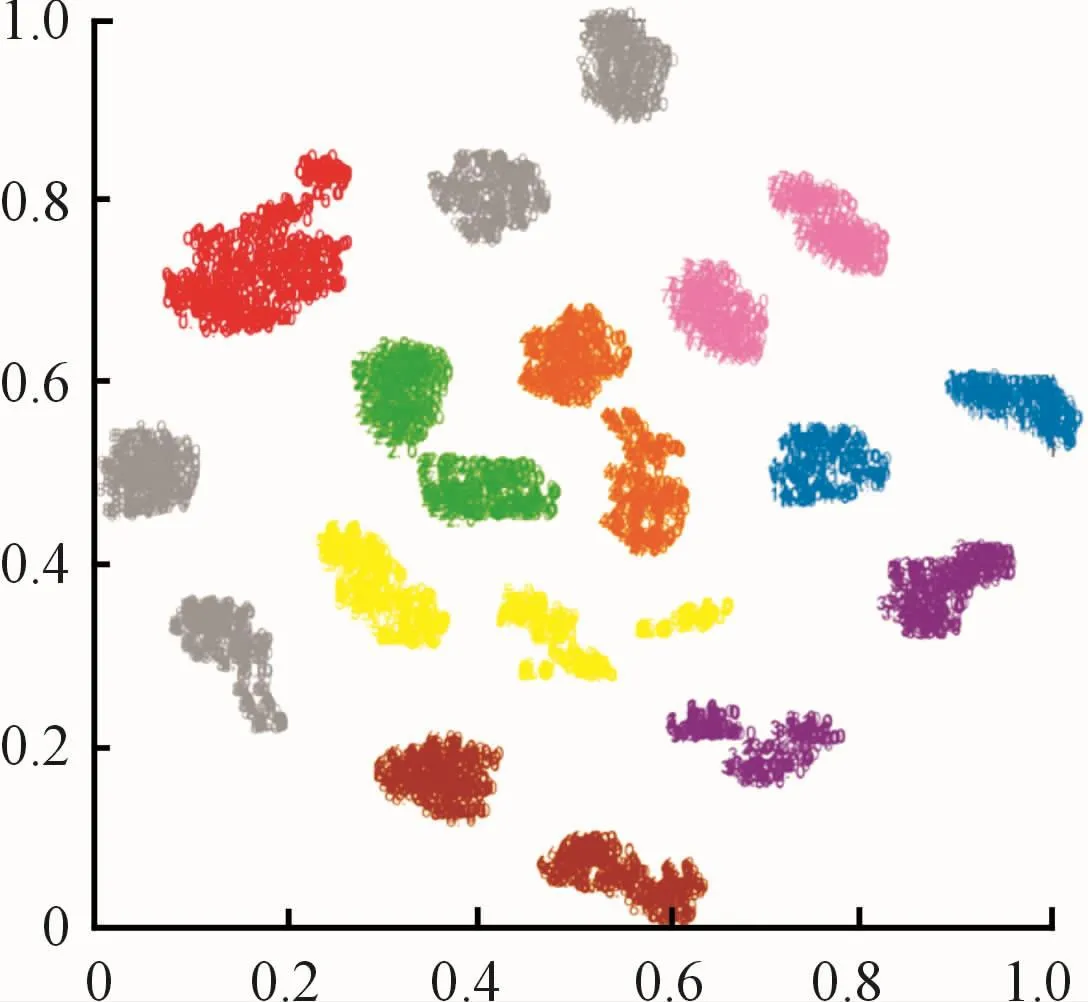
Fig.6 The 2D visualization of the extracted features in generalization experiment
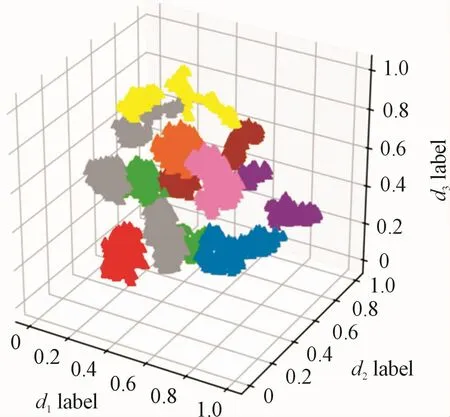
Fig.7 The 3D visualization of the extracted features in generalization experiment
3.2 Robustness verification of the model
Under the actual working condition,there may be some noise included in the measured vibration signal in the industrial field.The generalization ability and robustness of the proposed method under the condition of noise interference were researched in this paper.Gaussian white noise with different SNR=-3~3 was added to all 3 200 samples in the test set.The model trained by the previous training set is used to test the accuracy of the test set with noise.Fig.8 shows the waveform of the noise signal that will be added to the test set.Fig.9 shows the frequency domain signal after SNR=-3 noise signal is added.
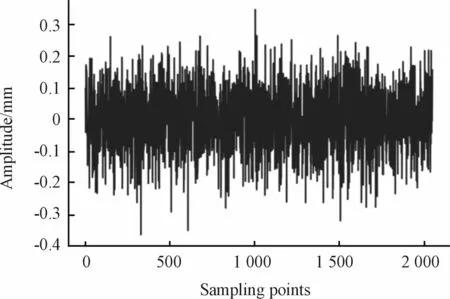
Fig.8 Noise signal for test data
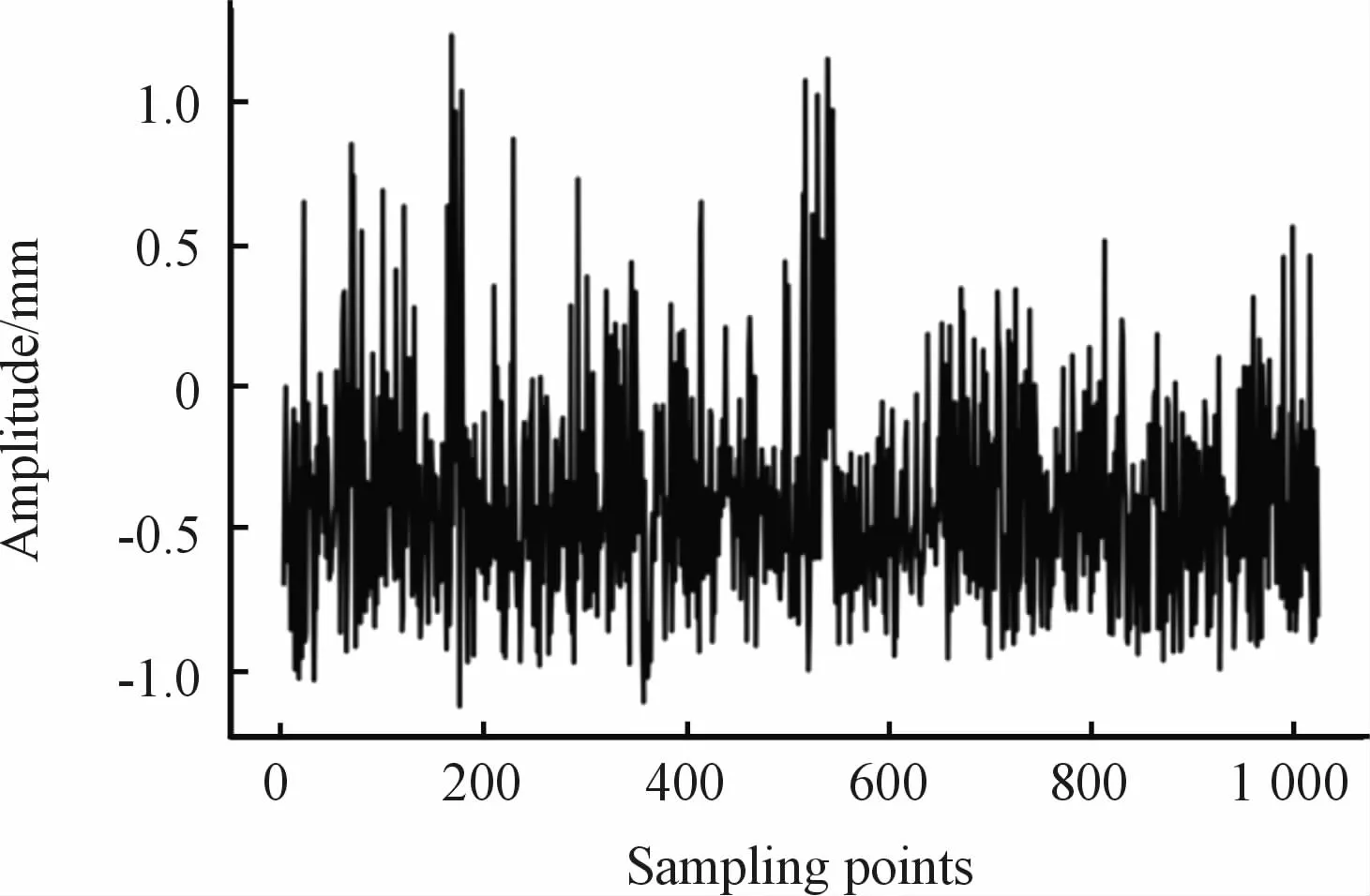
Fig.9 Test data with noise signal
The noise signal with different SNR(-3~3)is also added to part of the samples of the training set(8 000*0.6=4 800).Four robustness experiments were conducted on the training sets with different ratio noise signal.The classification results of the test set were shown in Table 3.
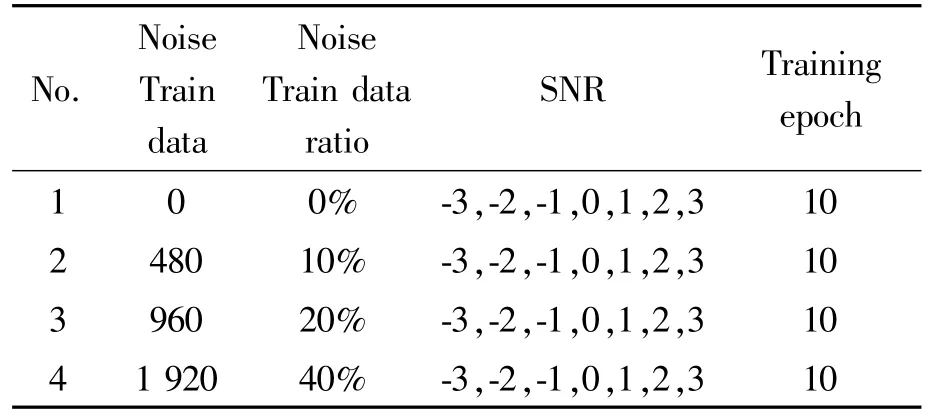
Table 3 Noise-including training data set
The result of robustness experiments is shown in Fig.10.Although all the samples in the test set were added with noise signals,the accuracy of the test set will be improved rapidly upon increasing the proportion of noise signal added to the training set.Under different SNR conditions,as long as 10%of the samples in the training set were added with noise signal,the accuracy of the test set will be higher than 97%.When 40%of the samples in training set were added with noise signal,the accuracy of the test set is higher than 99.9%.This result is even higher than most of the current bearing diagnosis models without noise signal in test set.
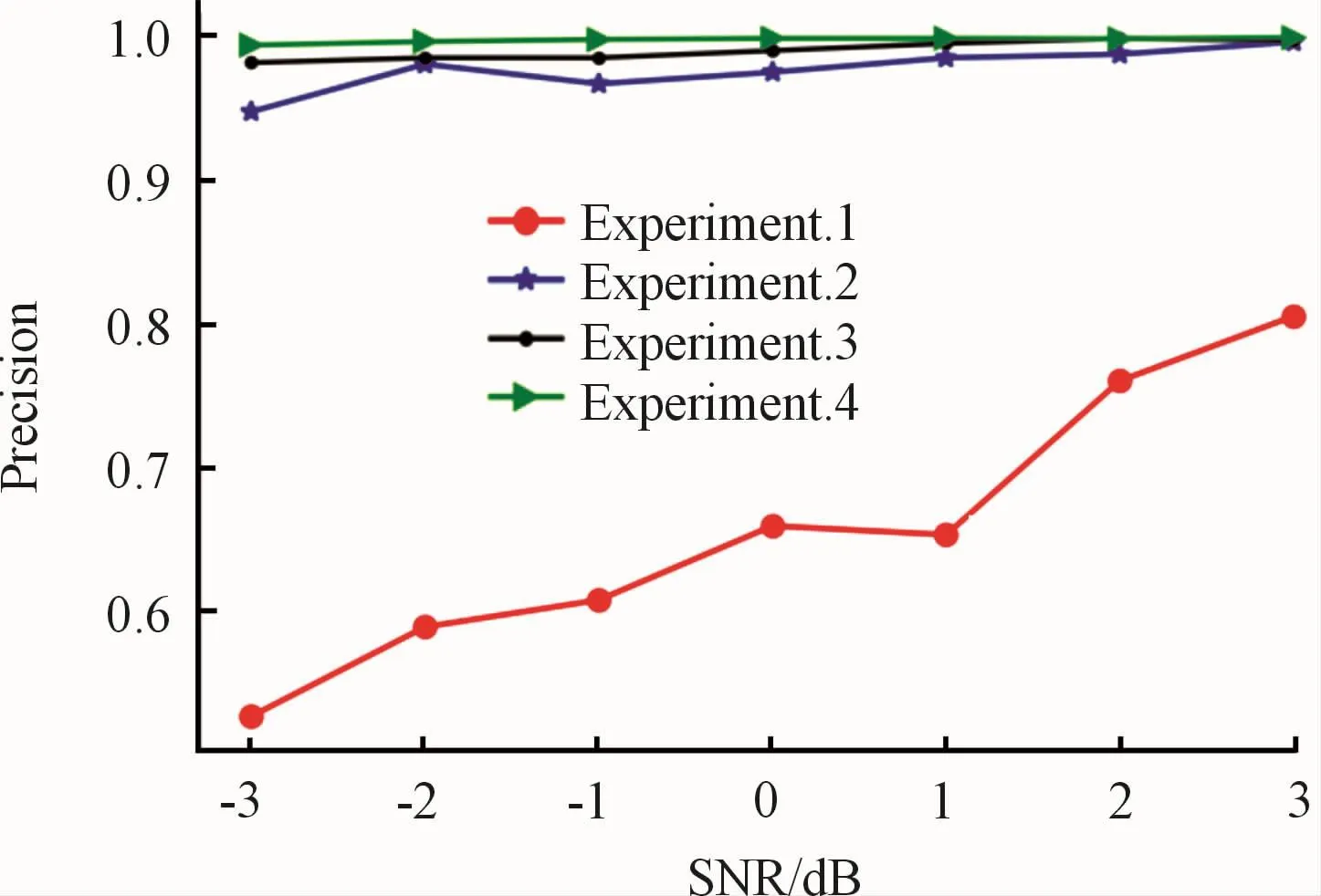
Fig.10 Precision under different SNR
The results show that as long as a small number of noise samples were added to the training set,the model can quickly learn the data characteristics under noise interference.The model has the ability of reinforcement learning by a small amounts of sample data fine-tuning.The model can adjust and optimize automatically without changing the algorithm structure even the data is complex.
3.3 Training time of different models
To further verify the effectiveness of the bearing fault diagnosis method,it was compared with the following several bearing diagnosis methods based on conventional machine learning classification[14].
1)EMD was used to decompose the signal and extract the modal features of the signal to construct the input vectors of SVM.
2)The relative wavelet energy of the approximate and detail coefficients obtained by wavelet decomposition was used as the input feature vectors.SVM was used for classification.
3)Eight time-frequency domain features such as waveform factor,margin factor,kurtosis,root mean square frequency and frequency standard deviation were extracted as input vectors of SVM.
4)Starting from the original measured bearing vibration signal by CNN,A deep convolution neural network model combining SVM classifier for fault detection of rolling bearing was built.
Under the same calculation conditions,the above methods were used to build the model.The accuracy and training time on the test set and test set with noise signal(the test set was added with Gaussian white noise SNR=1)is shown in Table 4.

Table 4 The accuracy and training time of different methods
The accuracy of the proposed method is presented in the last row of the table.Its accuracy of test set and test set with noise signal is 100%and 99.44%,respectively.The training time is 128 s without GPU.It shows that the training speed has been greatly improved.FFT was utilized to extract the frequency signal,and a 1 024 dimensions frequency signal was obtained.The fully connected layer could not only extract the frequency domain feature from the frequency signal,but also reduce the frequency signal to a low dimension level.Much less time is needed for the convergence of the classifier.
3.4 Verification on another practical application
To further verify the effectiveness of the method,another experiment was conducted.The raw experimental data used in this experiment comes from Jianhua Yang’s Laboratory-Intelligent Fault Diagnosis and Prognosis Laboratory in China University of Mining and Technology.The experimental platform consists of servo motor,experimental bearing,acceleration sensor,power brake etc.The experimental platform is shown in Fig.11.The vibration signal is collected by the acceleration sensor of the platform.
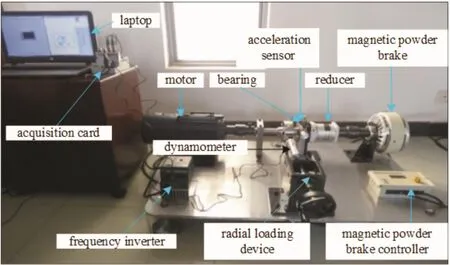
Fig.11 The mechanical fault diagnosis platform
The types of the tested rolling bearings are NU306E and N306E.Sampling frequency Fs=12 800 Hz and sampling point n=51 200.There are four types of bearing working conditions including:pitting faults of the outer raceway,pitting faults of the inner raceway,pitting faults of the rolling element,normal condition.The experimental bearing data are shown in Table 5.

Table 5 Experimental bearing data
The time domain waveform is shown in Fig.12.
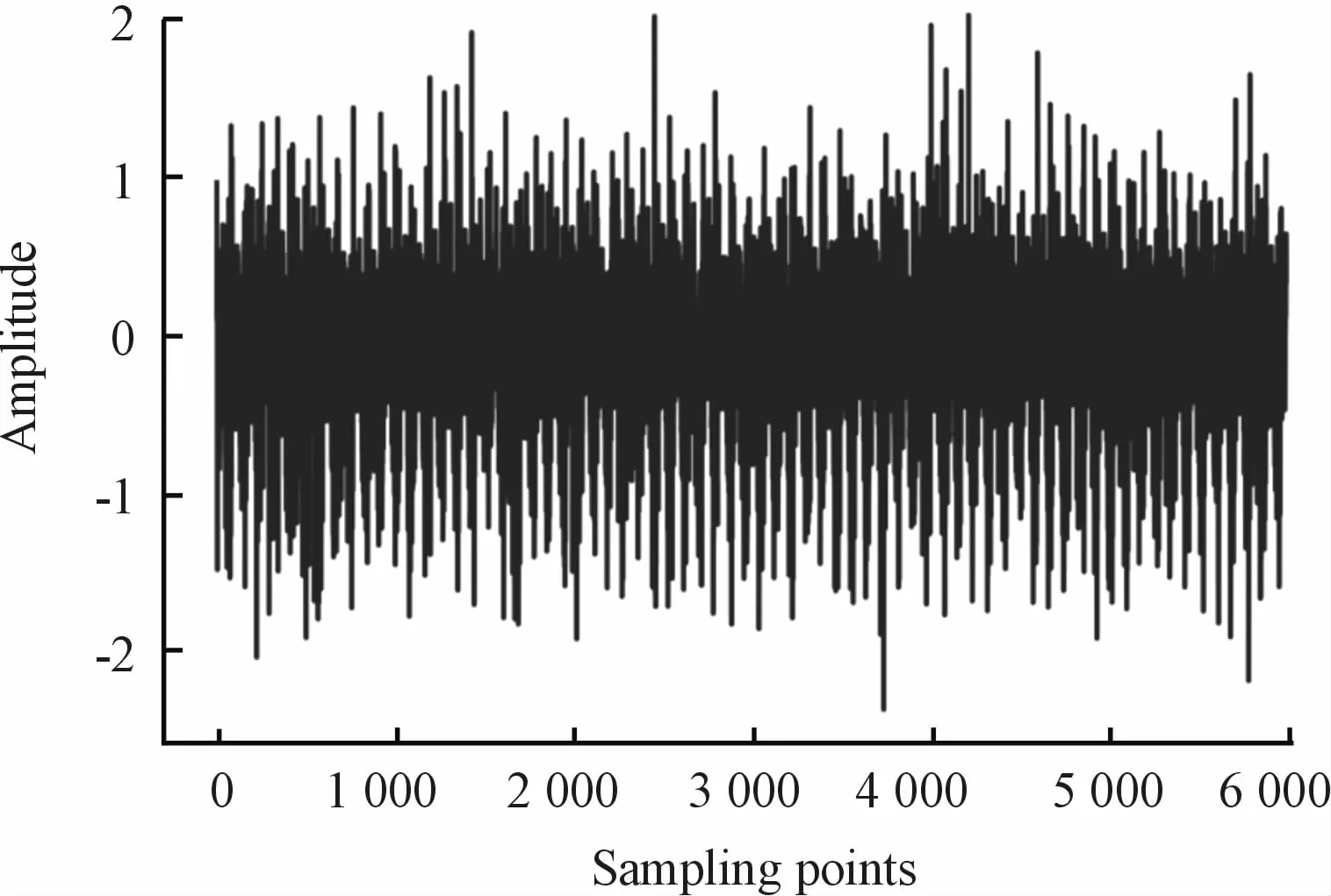
Fig.12 The original experimental data
The main experimental parameters were set as follows:epoch=100,batch_size=64,LR=0.001.The ratio of training set to test set is 6:4.The experimental results are shown in Fig.13.
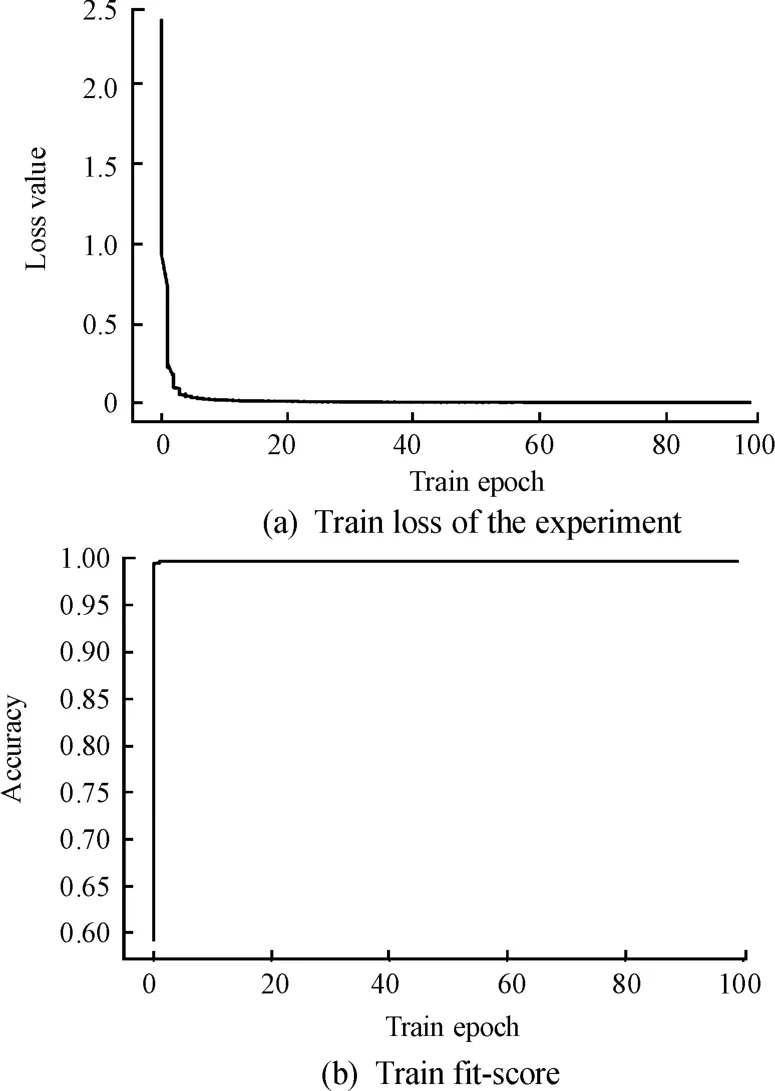
Fig.13 The result of the verification experiment
The experimental results show that the proposed method has high convergence speed and high detection accuracy.The average accuracy of the verification experiment is 99.96%.The satisfactory result can be achieved by the proposed method.
4 Conclusion&Discussion
1)The feature extraction based on FFT and fully connected layer can effectively utilize the advantages of the conventional time-frequency method and artificial neural network to extract fault features.The fault features extracted from the original vibration signals can realize the accurate diagnosis of bearings under different working conditions.
2)The training time of the proposed method based on FFT and fully connected layer fault feature extraction and SVMclassification is significantly shorter than that of conventional methods.The proposed method can significantly improve the convergence speed of the training.
3)The proposed diagnosis model has an excellent degree of robustness.An excellent classification accuracy could be obtained under the condition of serious noise interference.
- 机床与液压的其它文章
- Lubricating performance of conical spindle distribution in the ball piston pump
- Mechanism analysis and control of asymmetrical digital cylinder
- Reliability analysis and calculationof the drive hydraulic system group of combined transportation
- Reliability analysis for cutterhead hydraulic drive system of remanufactured shield machine
- Application of compound buffer hydraulic cylinder in electro-hydraulic load simulator(EHLS)
- Start-up characteristics of a new electro hydrostatic actuator with an accumulator

